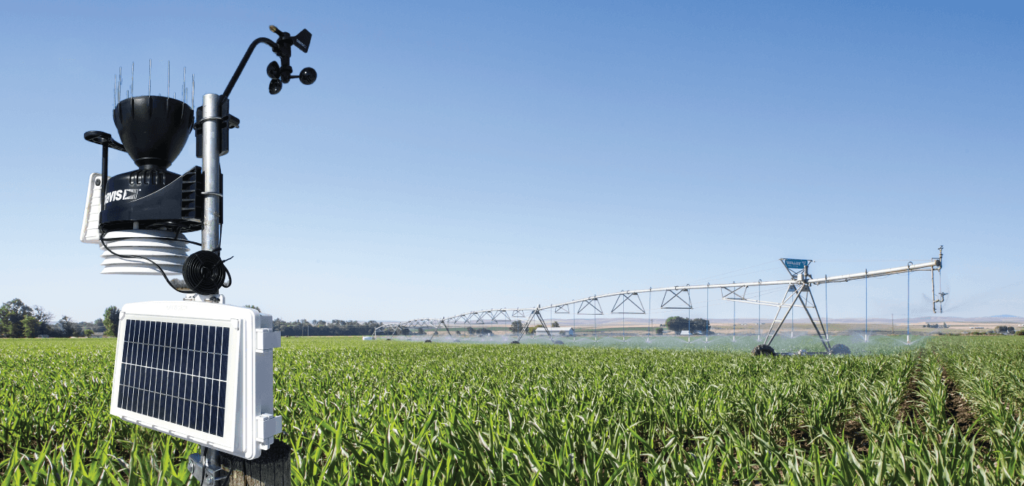
As the world faces challenges related to water scarcity and climate change, innovative solutions are being developed to improve agricultural practices and sustainability. One such solution is the use of remote irrigation devices, which are revolutionizing the way crops are watered. These devices not only help conserve water but also enhance crop yields, making them a valuable tool for farmers looking to increase efficiency while reducing their environmental impact.
The Benefits of Remote Irrigation Devices
Water Conservation
- Remote irrigation devices use sensors to monitor soil moisture levels, weather conditions, and plant needs in real time.
- This data is used to optimize watering schedules, preventing over-irrigation and ensuring that crops receive the right amount of water.
- By delivering water directly to the roots of plants, these devices reduce water waste through evaporation and runoff.
Improved Crop Yields
- By providing crops with the precise amount of water they need, remote irrigation devices help optimize growth and development.
- This leads to healthier plants, better fruit set, and higher yields.
- Consistent and uniform watering also helps prevent stress on plants, reducing the likelihood of diseases and pests.
How Remote Irrigation Devices Work
Remote irrigation devices are typically connected to a central control system that can be accessed and adjusted remotely. Here's how they work:
Sensors
- Soil moisture sensors measure the water content in the soil.
- Weather sensors monitor environmental conditions such as temperature, humidity, and precipitation.
Control System
- The control system collects data from the sensors and uses algorithms to determine the optimal watering schedule.
- Farmers can access the control system through a computer or mobile device to monitor the system and make adjustments as needed.
Irrigation Equipment
- Drip irrigation systems or sprinklers are used to deliver water to the plants.
- These systems are equipped with valves that can be opened or closed remotely based on the instructions from the control system.
Case Study: Remote Irrigation in Action
Let's take a look at a real-world example of how remote irrigation devices have made a difference for a farm in California:
Location: Central Valley, California
- A farm in the Central Valley of California, known for its fertile soil but limited water supply, implemented remote irrigation devices to improve water efficiency.
Results
- By using remote irrigation devices, the farm was able to reduce water usage by 30% while increasing crop yields by 15%.
- The farmer also saved time and labor by automating the irrigation process, allowing for more efficient use of resources.
Future Implications
The adoption of remote irrigation devices has the potential to revolutionize agriculture and address the challenges of water scarcity and climate change. Here are some future implications:
Sustainability
- Remote irrigation devices promote sustainable farming practices by reducing water consumption and preserving this valuable resource for future generations.
Technology Integration
- As technology continues to advance, remote irrigation devices may be integrated with other smart farming technologies such as drones and artificial intelligence for even greater efficiency and precision.
Global Impact
- The widespread adoption of remote irrigation devices could have a significant impact on global food production, ensuring food security for populations around the world.
Conclusion
Remote irrigation devices are a prime example of green innovation in agriculture, offering a sustainable solution to improve water efficiency and crop yields. By harnessing the power of technology, farmers can optimize their irrigation practices and contribute to a more sustainable future for agriculture. As the demand for food continues to rise, innovative solutions like remote irrigation devices will play a crucial role in ensuring a secure and sustainable food supply for years to come.